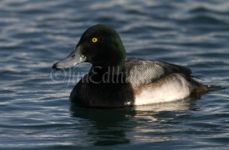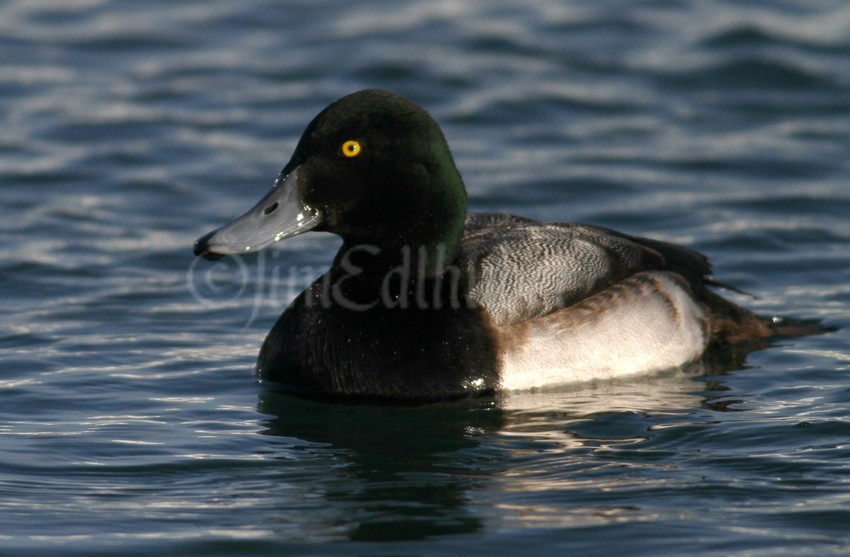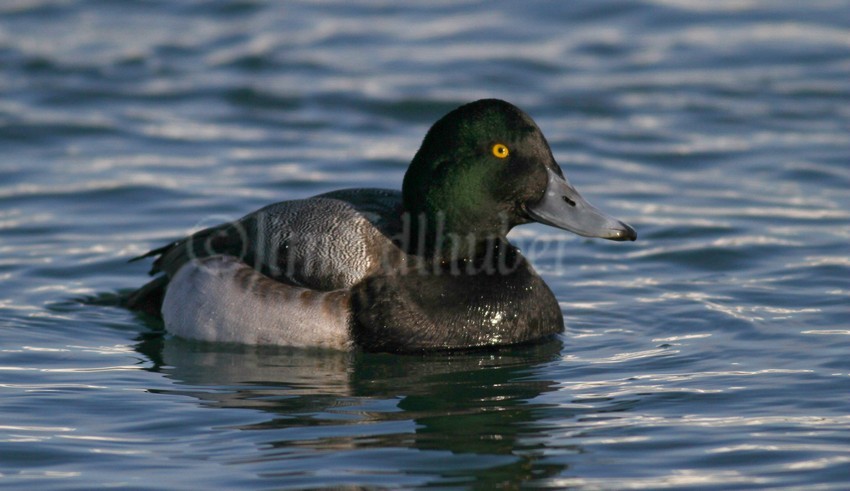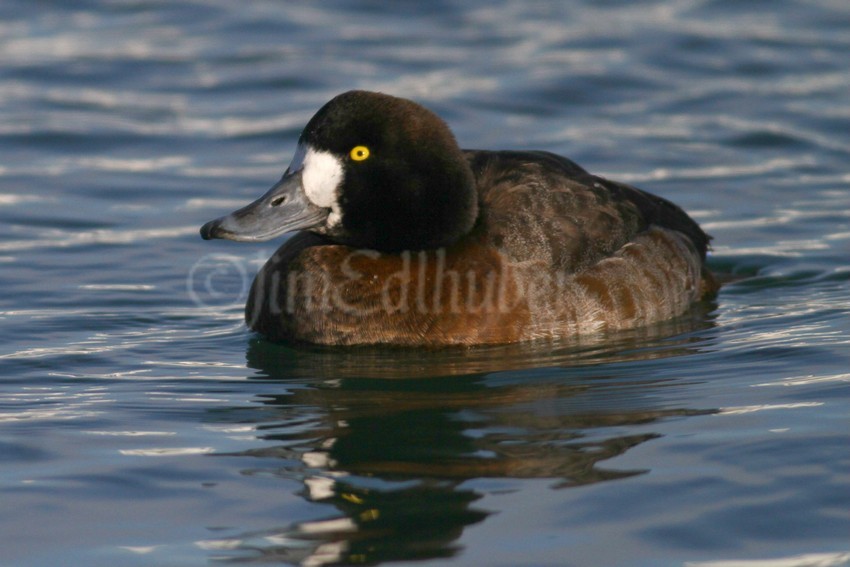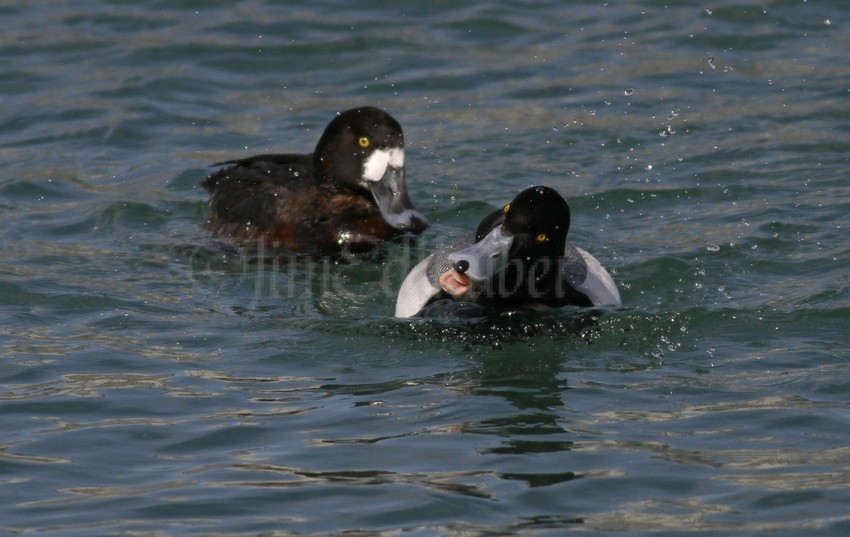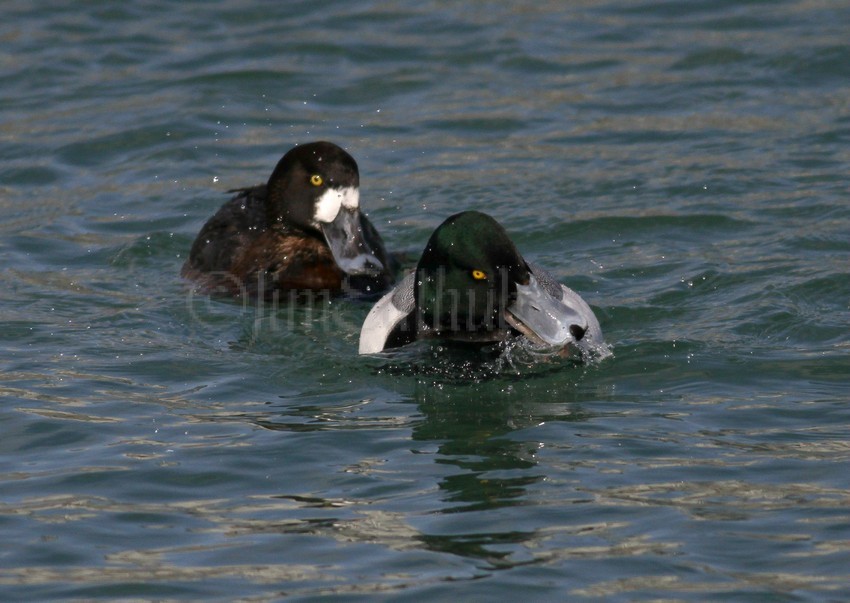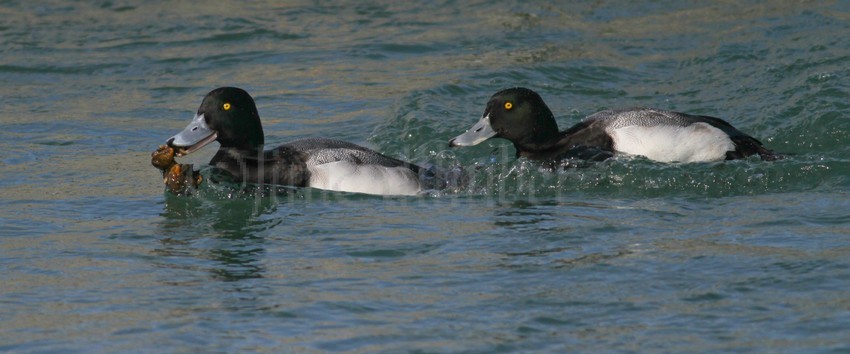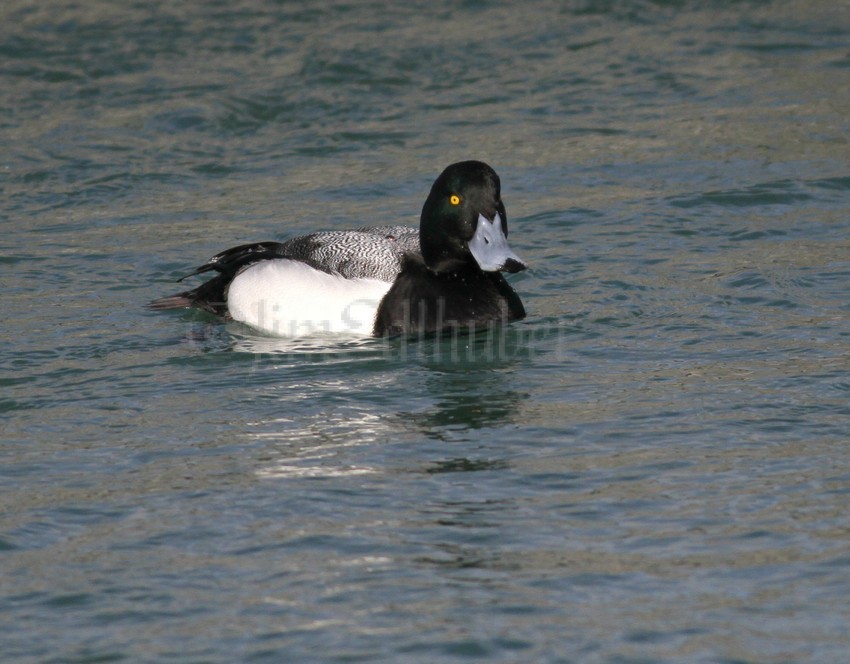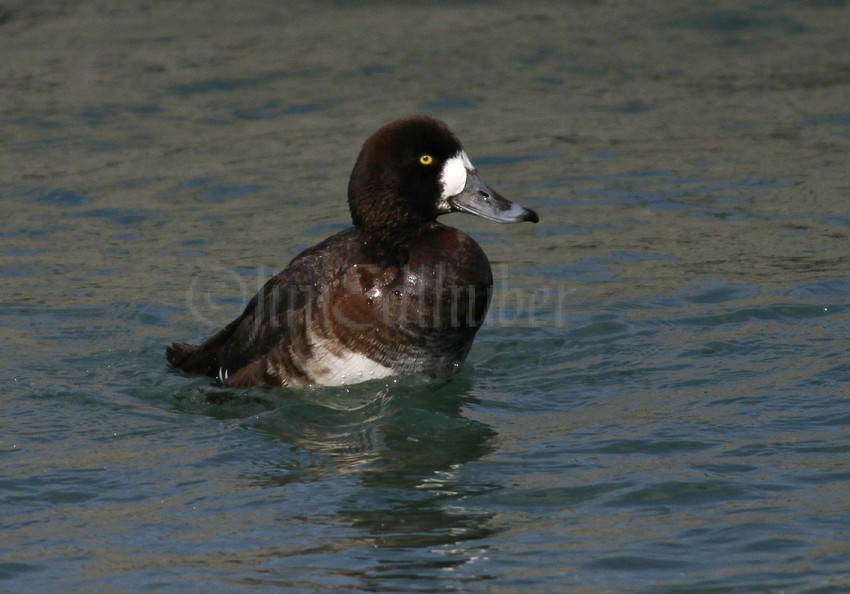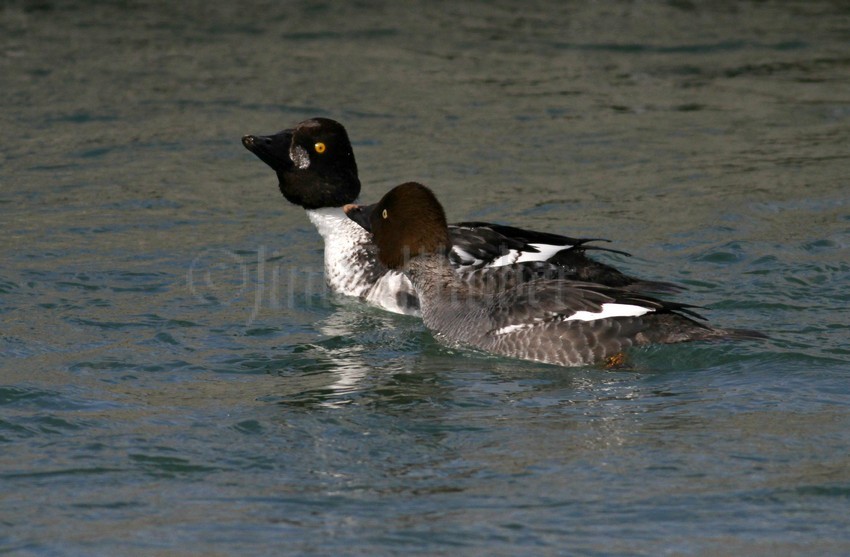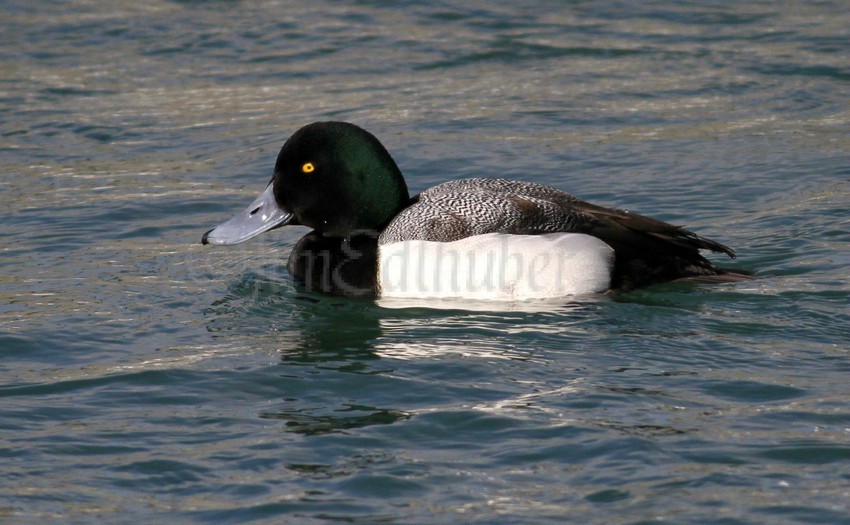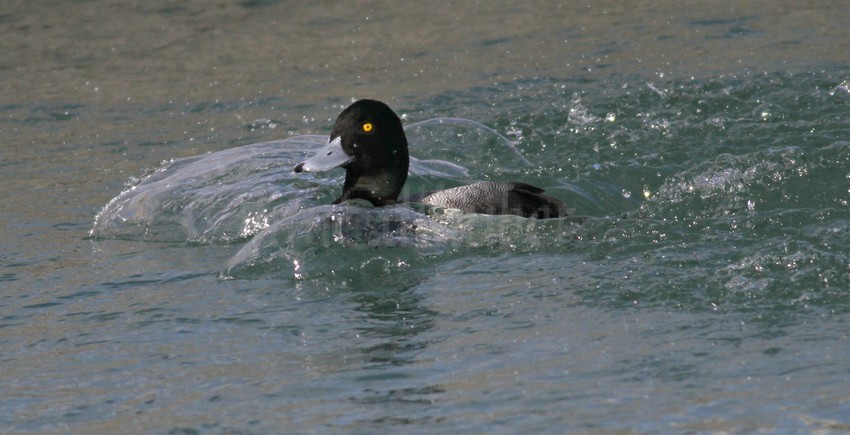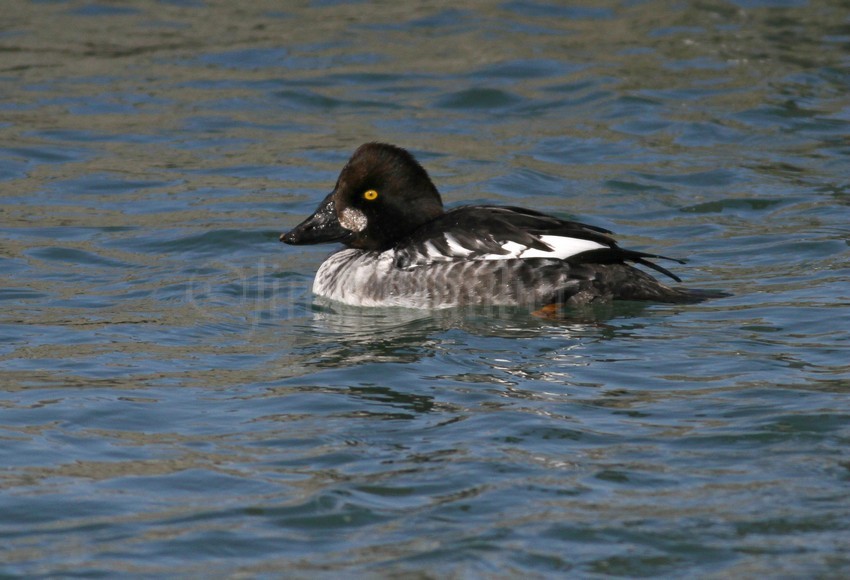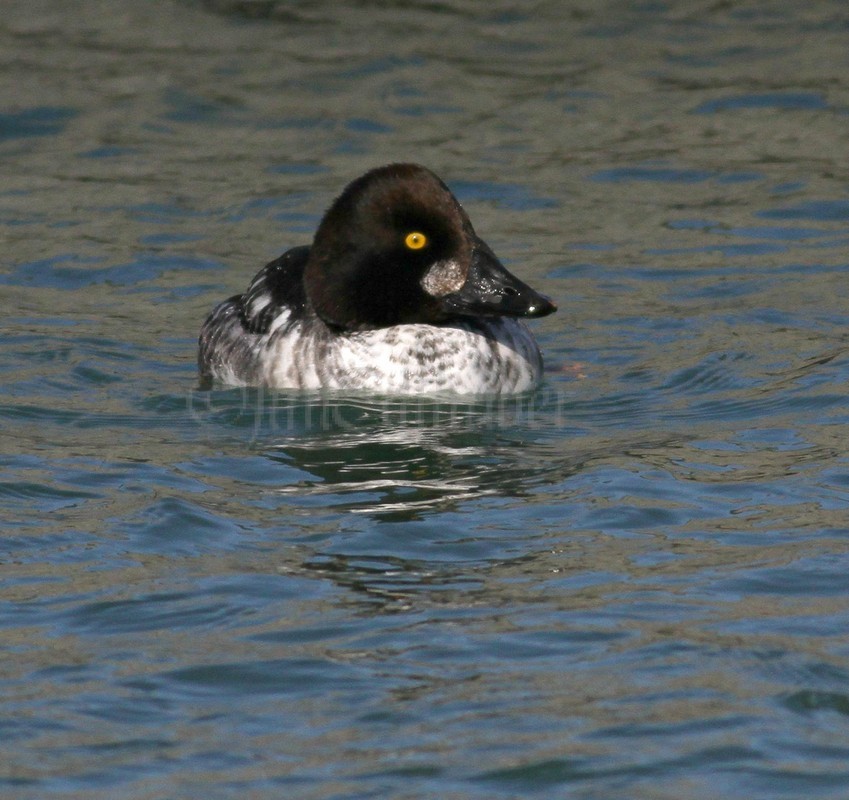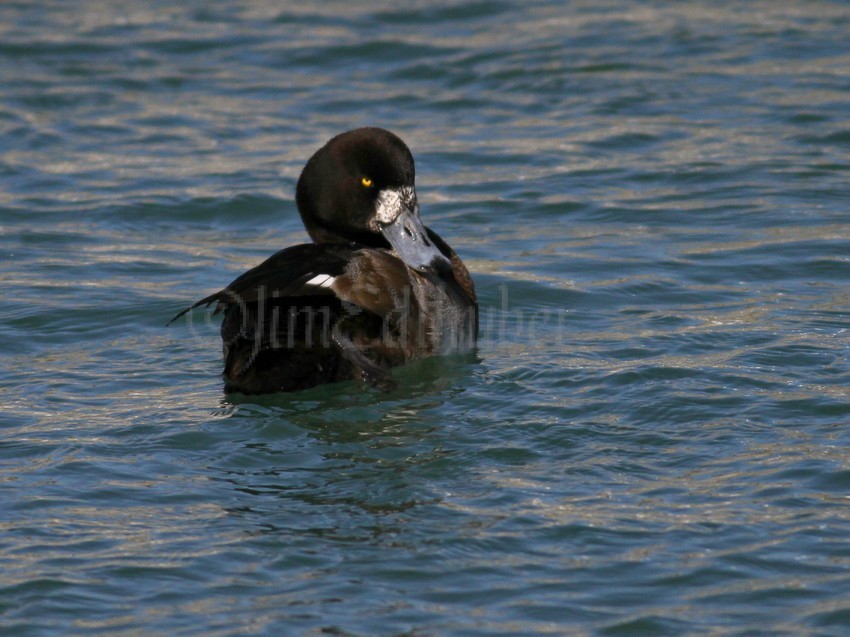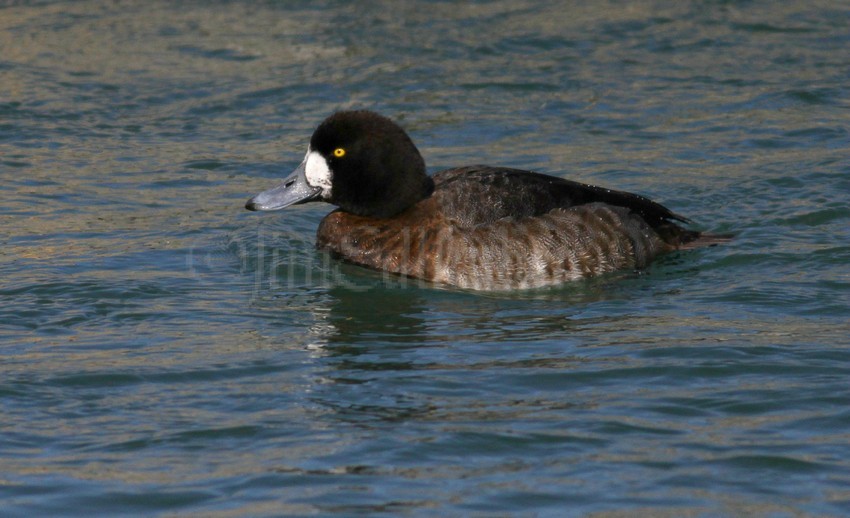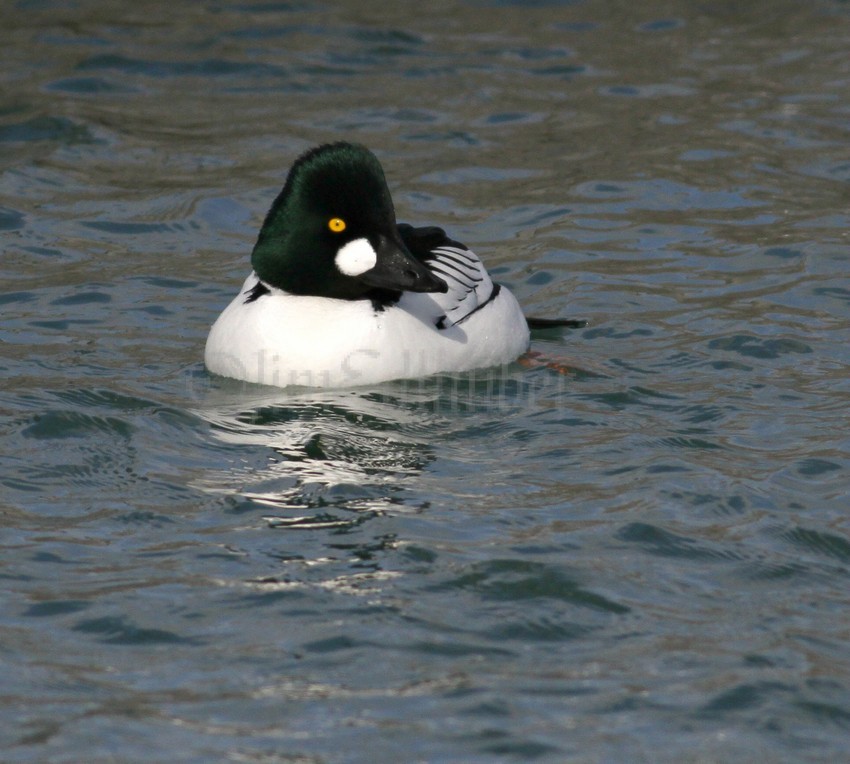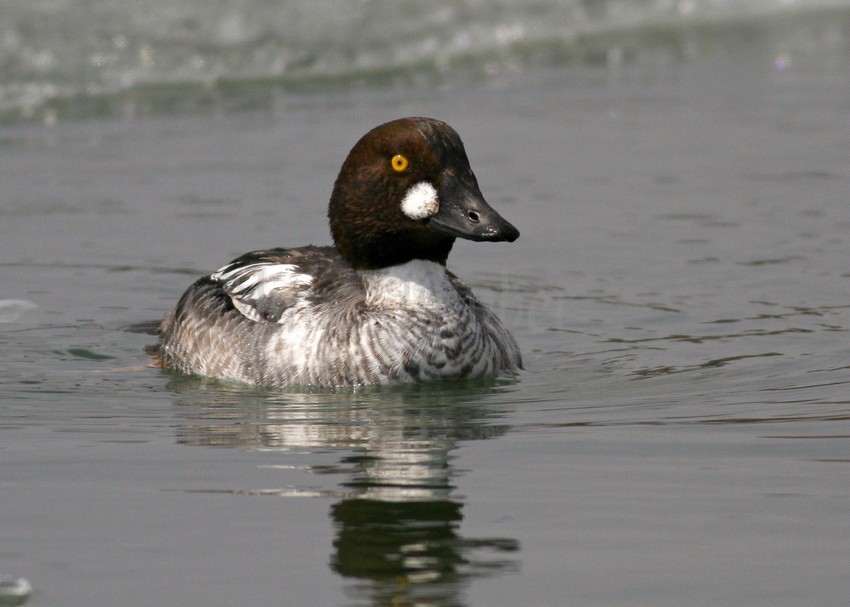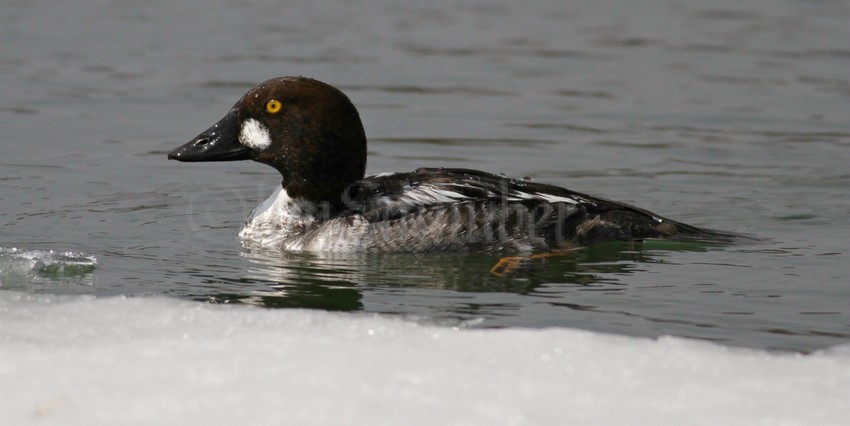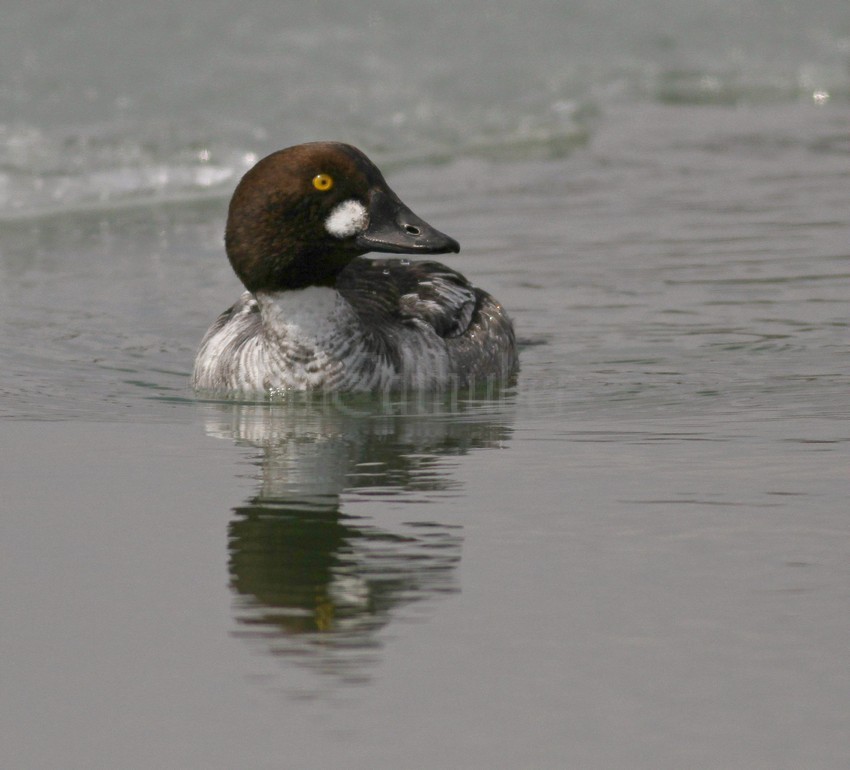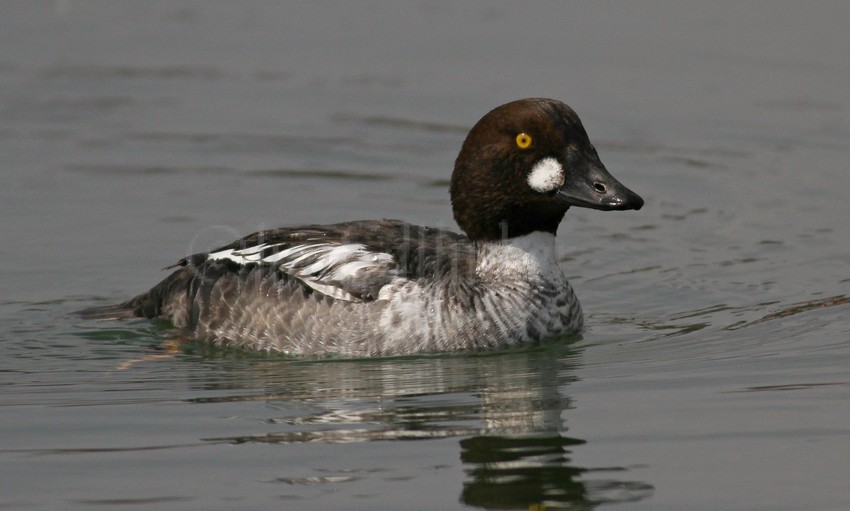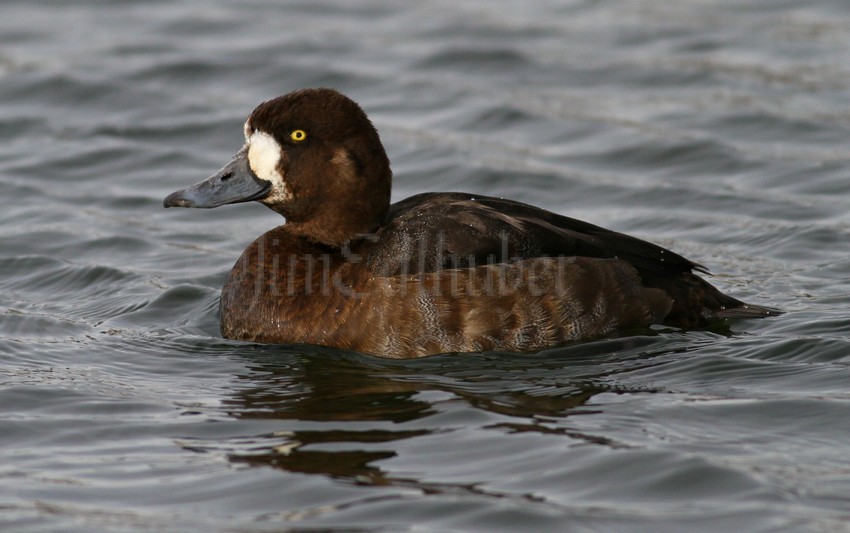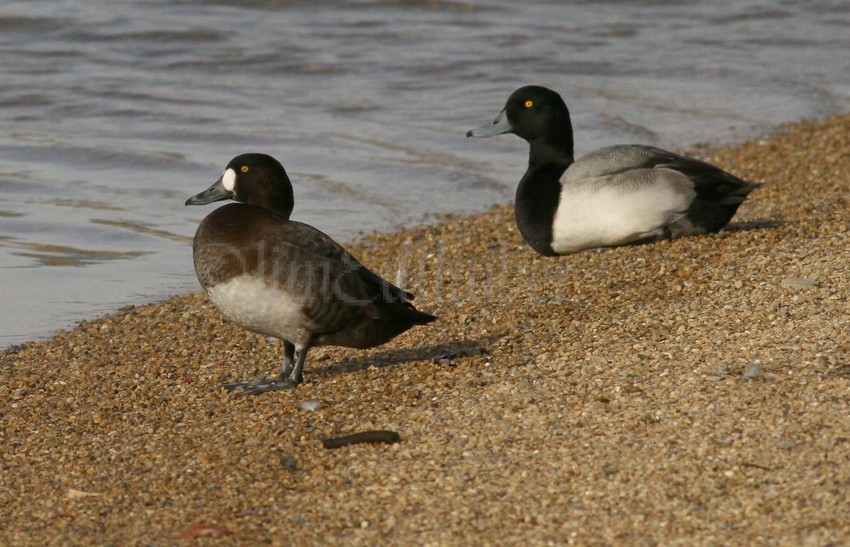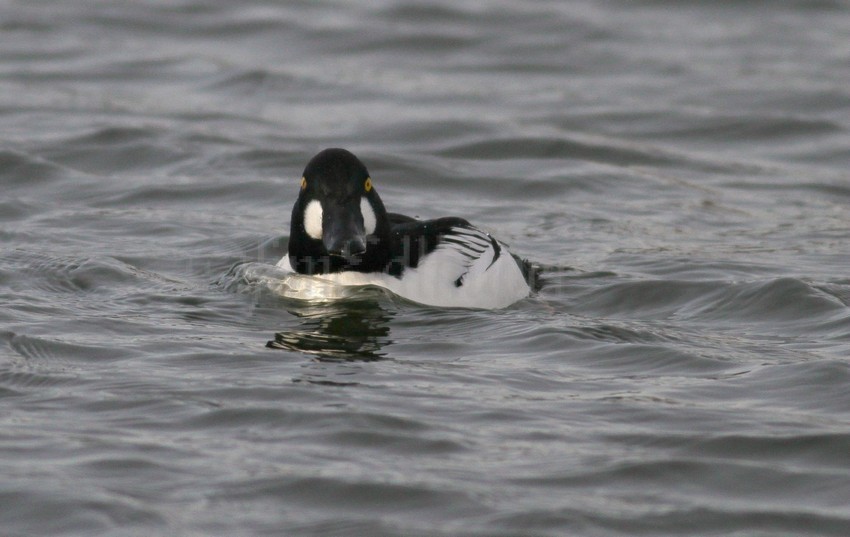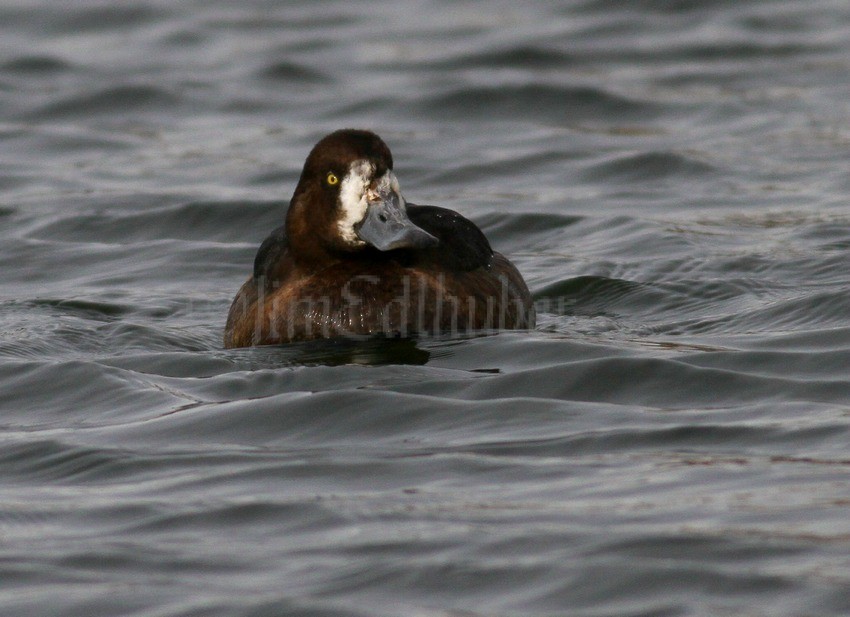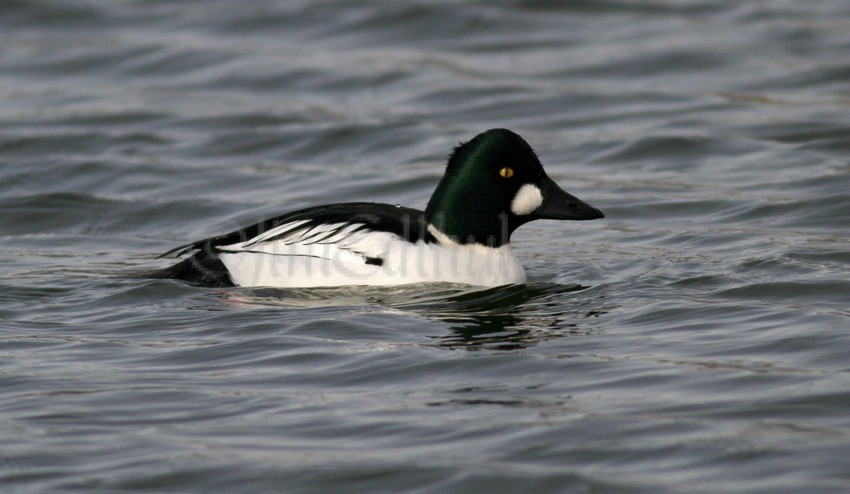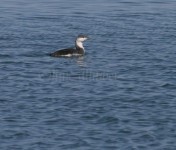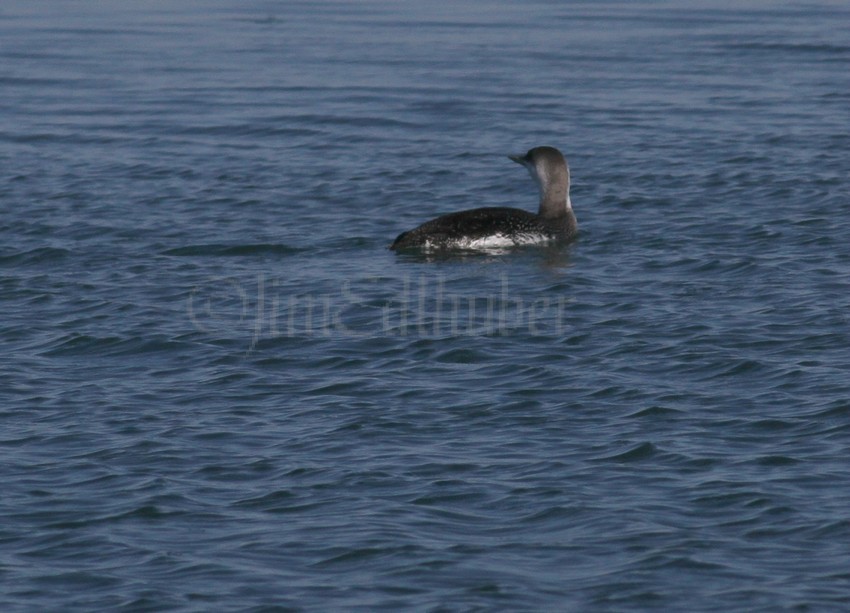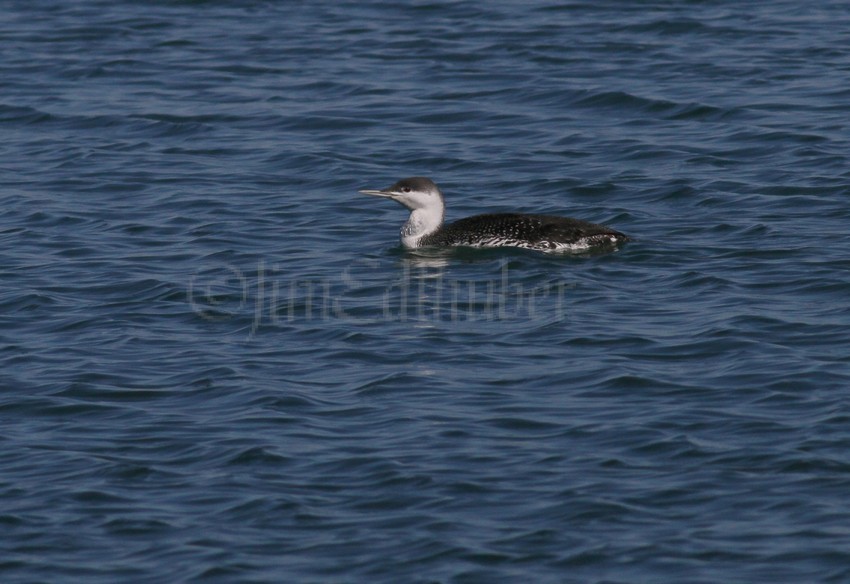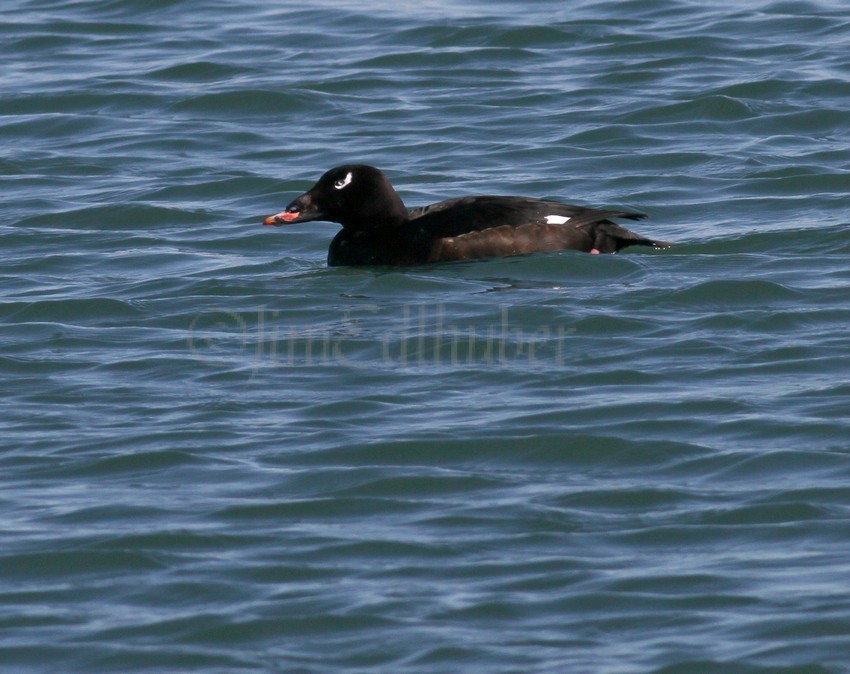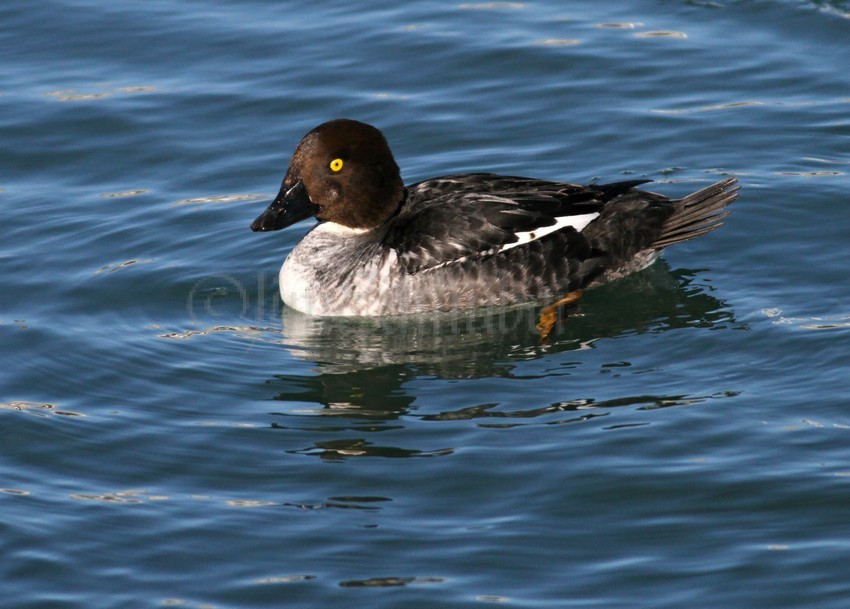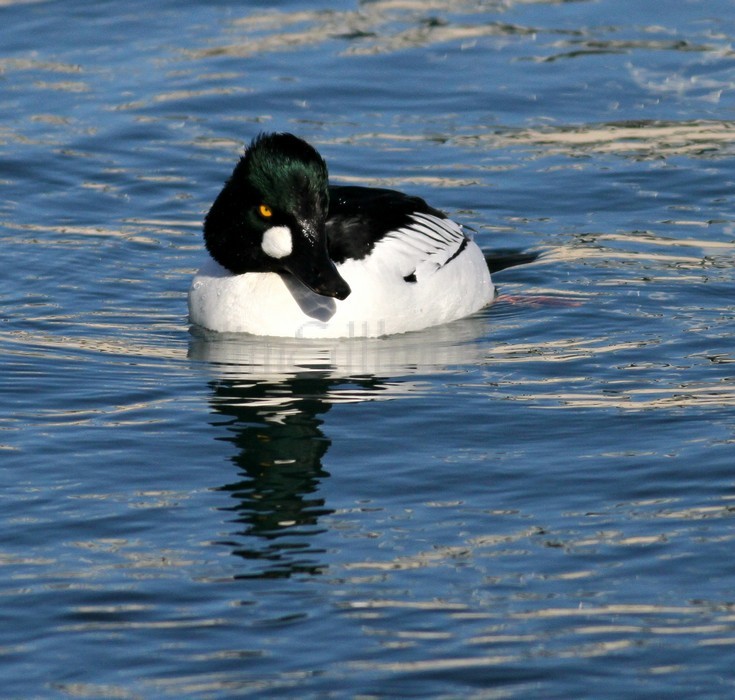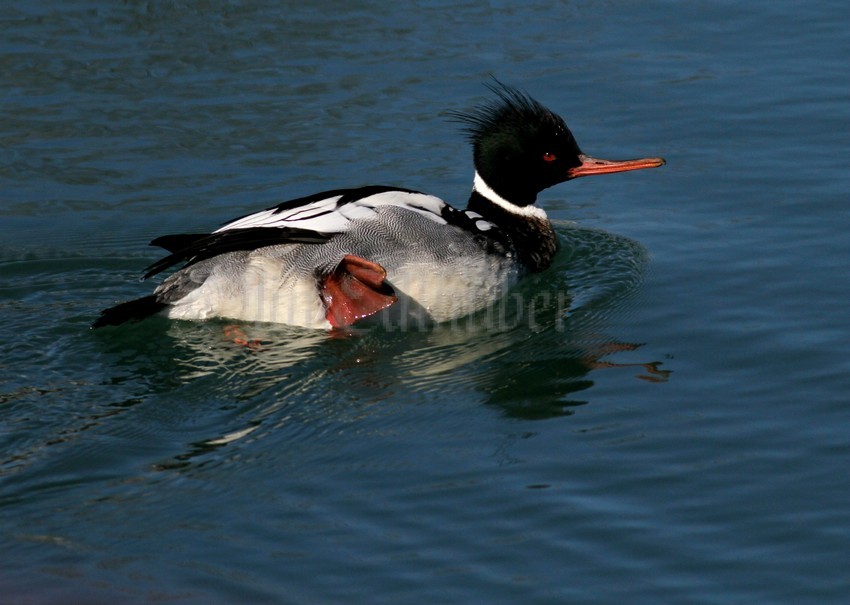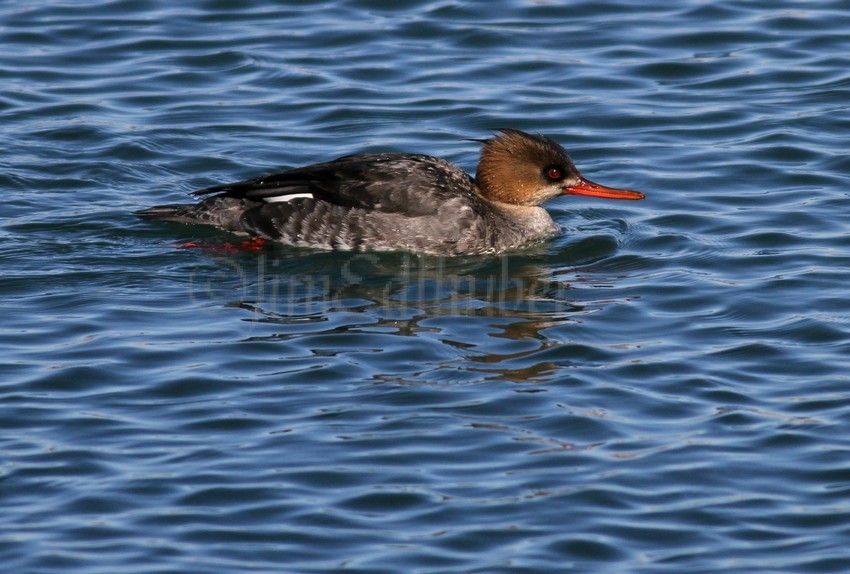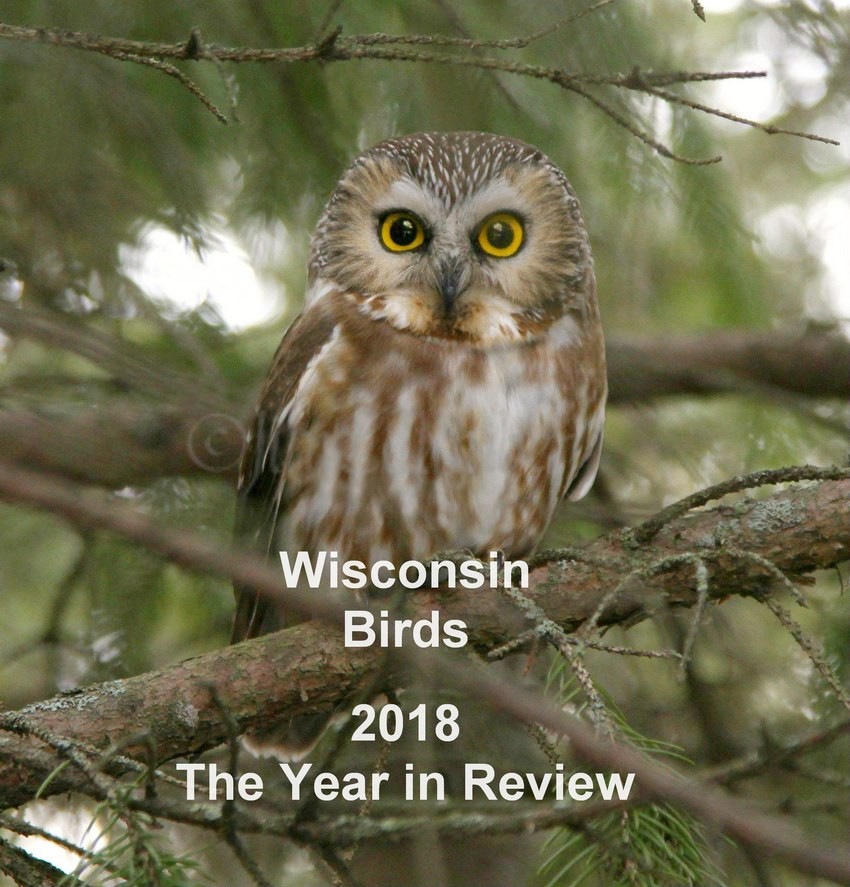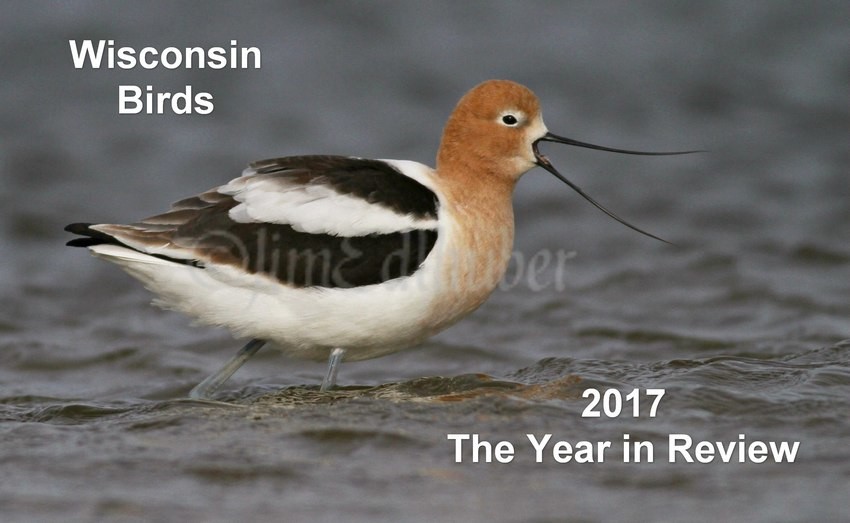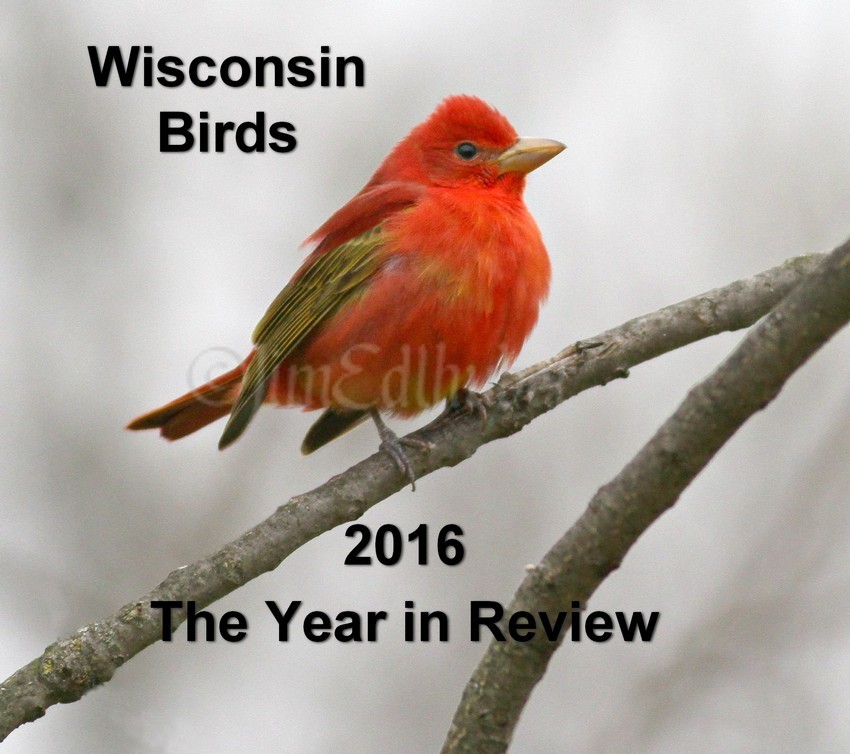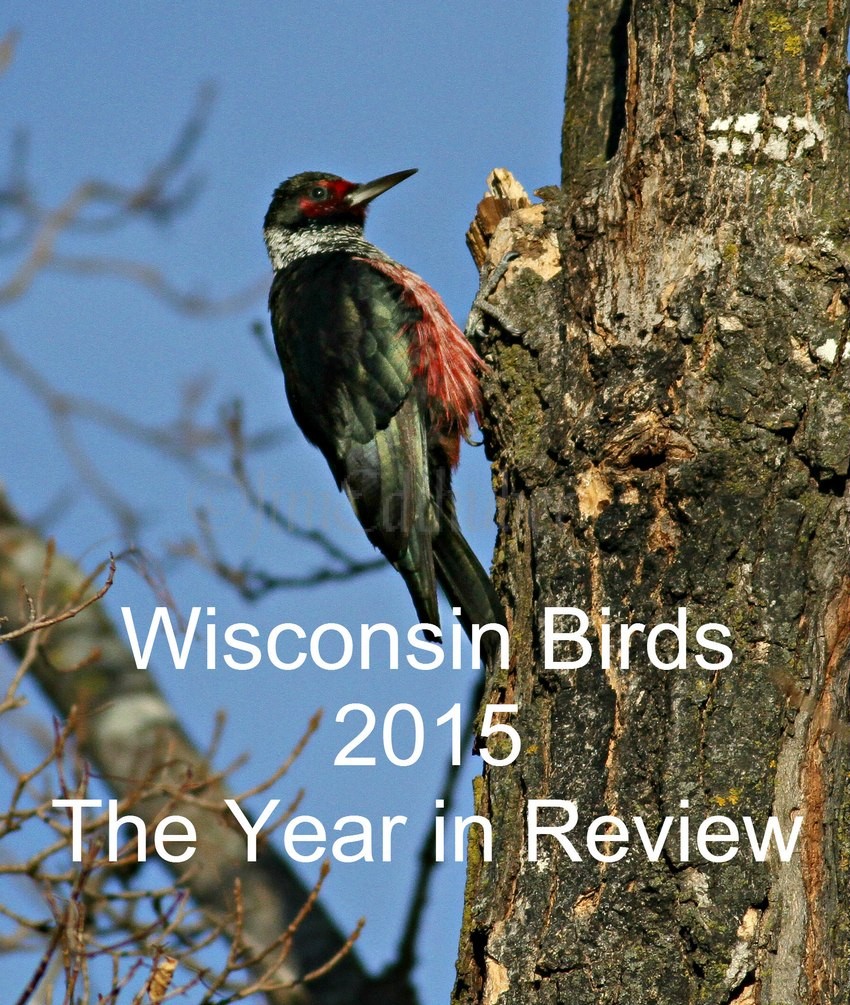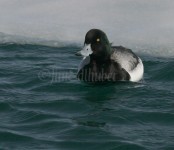
The mouth of the Milwaukee River on the Milwaukee Lakefront was pretty iced up along with the harbor. The little water that was open held a few Greater Scaups with nice views. They did some diving for mussels while I was there. Some of the other species present that day were 3 Red-throated Loons, White-winged Scoters, Common Goldeneyes and Red-breasted Mergansers. Mostly a sun day but very cold. Photographs taken on February 23, 2014.
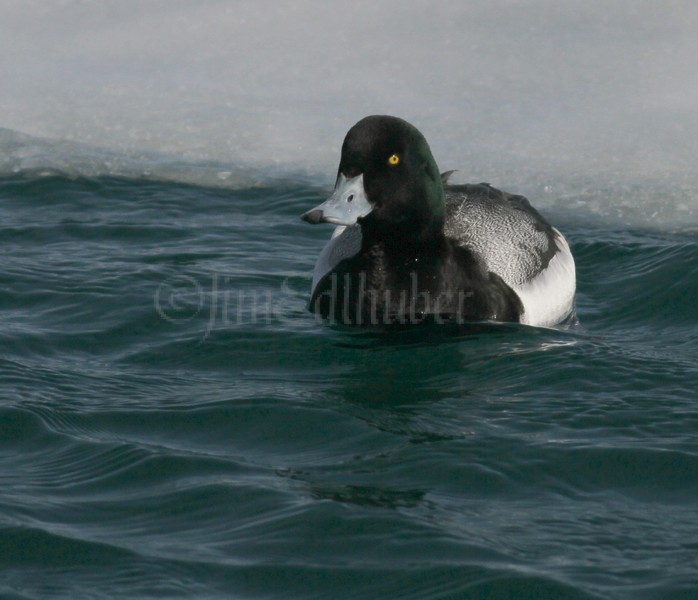
Greater Scaup – Male – Milwaukee River Mouth / Lake Michigan Lakefront
Greater Scaup
Binomial name: Aythya marila
Category: Duck, Geese, and Swans
Size: 18” long, 28” wing span
Weight: 2.3 lb.
Habitat: Typically found along the seacoasts on large lakes, ponds and sometimes bays. Breeding in the summer months in Alaska, northern Canada, Siberia and far northern areas of Europe on the tundra and in the boreal forest regions. This ducks spends its winter months mainly along Pacific, Gulf, and Atlantic coasts, and also in Eurasia.
Diet: Dive for aquatic plants and parts such as seeds, leaves, stems, tubers and roots. Some of these plants are muskgrass, wild celery, pondweeds and sedges. Their diet also includes aquatic insects, clams, snails, mussels, and other crustaceans.
Nesting: A nest is nothing more than a bowl shaped scrape in the ground typically lined with down and grasses. It is placed in taller grass areas not prone to flooding. An average of 9 olive-brown or pale greenish colored eggs are laid, and the female uses distracting displays to keep away artic foxes, ravens, red-tailed hawks, raccoons, owls and various gull species. Young leave the nest after incubation of 24-28 days as soon as they are dry after hatching. At that time female takes them to food immediately as they can swim and they feed themselves.
Cool Facts: Similar to the Lesser Scaup, accurate counts of this bird are not possible and both species are counted and then numbers adjusted. Dives for its food, but eats it on the surface. To identify the Greater from the Lesser Scaups, sometimes field guides are needed as they are so similar. The black nail on the end of the bill is one of the easiest tips for ID of the Lesser as it is very narrow. On the Greater the black nail on the tip of the bill is wider. Recently a friend of mine observed a Snowy Owl capturing, killing and eating a Scaup species on Lake Michigan.

Greater Scaup – Female – Milwaukee River Mouth / Lake Michigan Lakefront

Greater Scaup – Male – Milwaukee River Mouth / Lake Michigan Lakefront
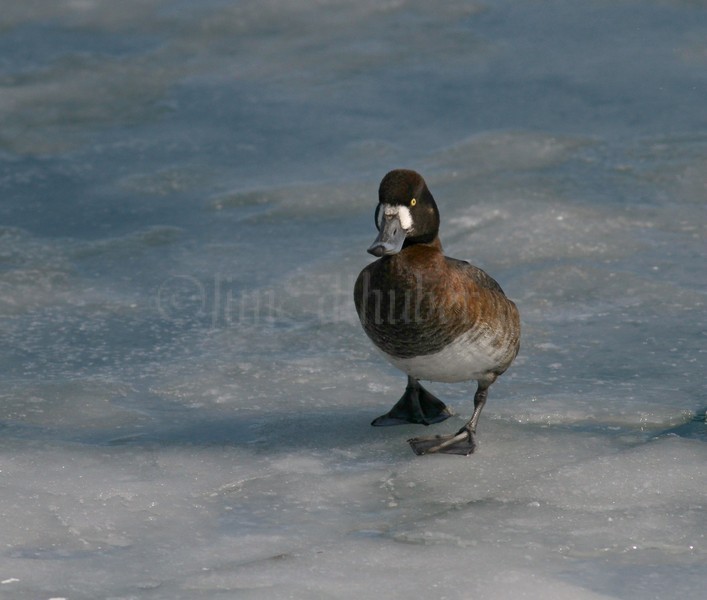
Greater Scaup – Female walking on ice – Milwaukee River Mouth / Lake Michigan Lakefront

Greater Scaup – Female walking on ice – Milwaukee River Mouth / Lake Michigan Lakefront
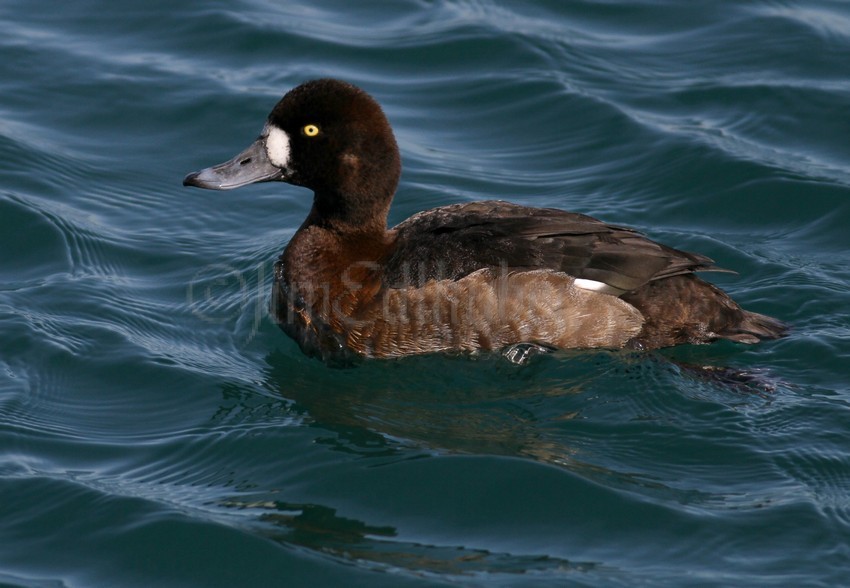
Greater Scaup – Female – Milwaukee River Mouth / Lake Michigan Lakefront
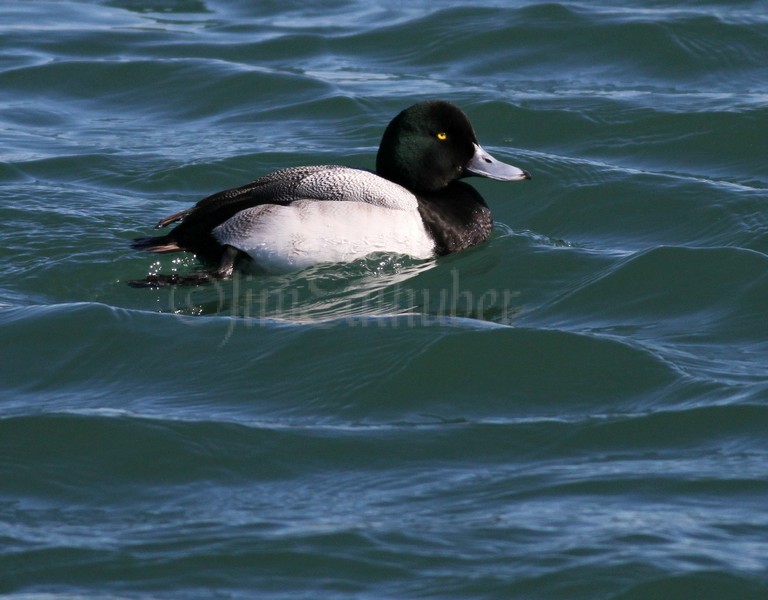
Greater Scaup – Male – Milwaukee River Mouth / Lake Michigan Lakefront
